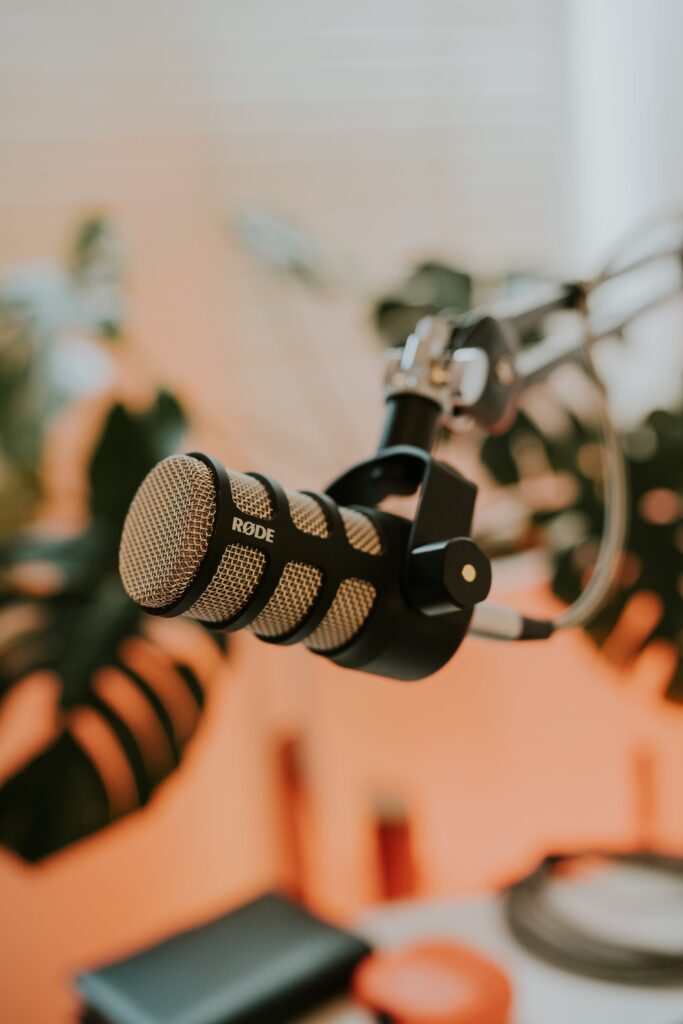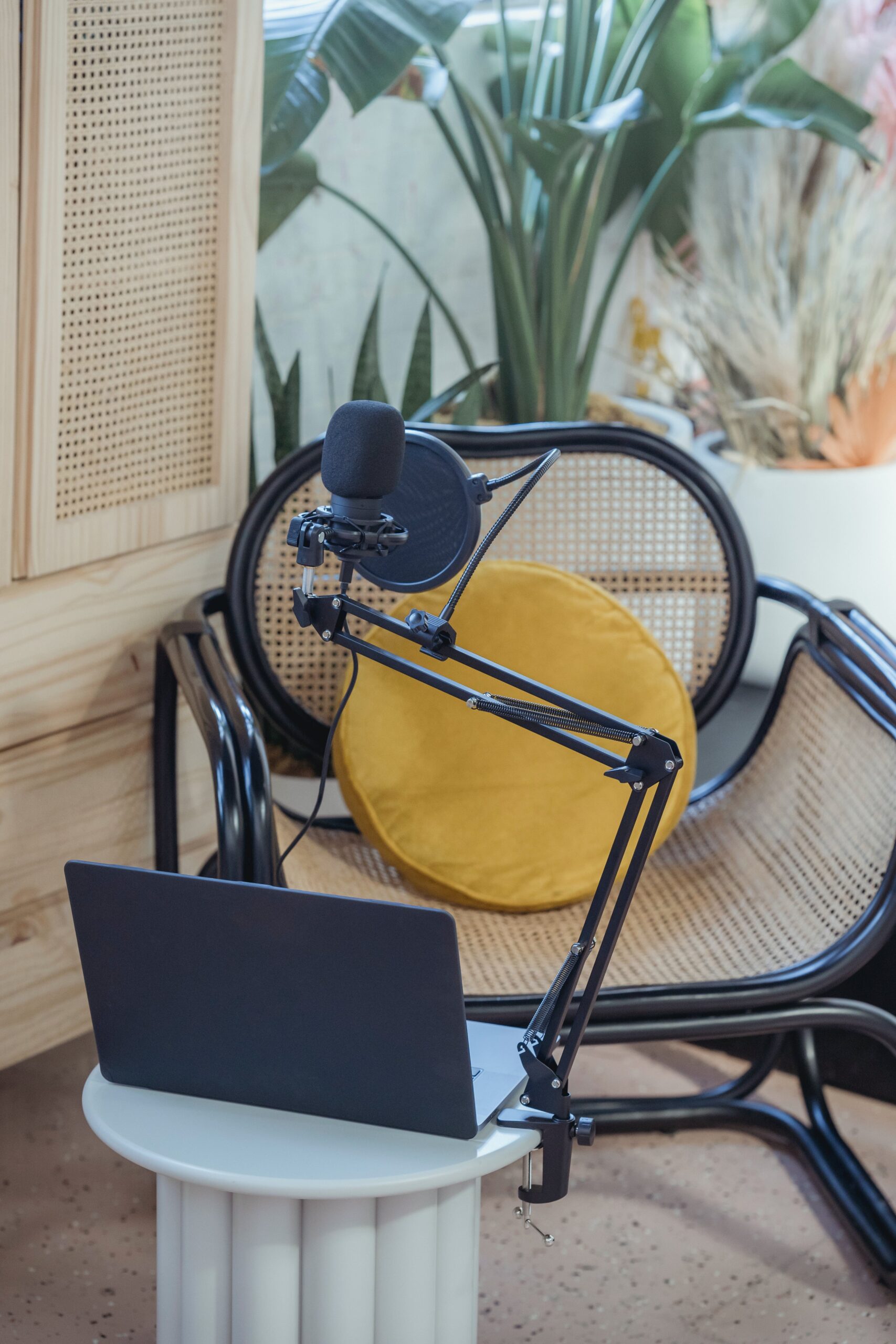You love your collection of vinyl records and want to ensure they stay in pristine condition for years to come. But did you know that improper storage can lead to irreversible damage? Fear not, as this article will provide you with valuable tips on how to properly store your vinyl records to prevent any potential harm. From investing in a suitable storage solution to handling your records with care, you’ll learn the secrets to keeping your beloved vinyl collection safe and sound. So, get ready to preserve the beauty and integrity of your records with these expert storage techniques.
Choosing the Right Storage Location
When it comes to storing your vinyl records, choosing the right location is key to preventing damage. One of the most important factors to consider is avoiding direct sunlight. Ultraviolet rays can cause the records to fade and warp over time. Therefore, it is best to place your records in a location where they won’t be exposed to direct sunlight.
In addition to sunlight, maintaining a stable temperature is crucial. Extreme temperature fluctuations can cause the records to expand and contract, leading to warping and damage. It is recommended to store your vinyls in a room with a temperature range of 65-70°F (18-21°C).
Humidity levels also play a significant role in record preservation. High humidity can promote mold growth, while low humidity can cause the records to become brittle. Aim for a humidity level of around 40-50% to maintain the optimal condition for your vinyls.
Lastly, it is important to keep your records away from extreme temperatures. Avoid storing them near heat sources like radiators or vents, as this can lead to warping and distortion. Similarly, storing records in attics or basements where temperature fluctuations are more likely should be avoided.
To protect your vinyl collection from dust and pollutants, consider storing them in airtight record storage containers or using dust covers. This will help keep your records clean and free from any potential damage.
Organizing Your Vinyl Collection
Now that you have chosen the ideal storage location, it’s time to organize your vinyl collection. Sorting your records by genre, artist, or alphabetically can make it easier to find specific albums when you want to listen to them. Choose a method that works best for you and stick to it consistently.
To further enhance organization, consider using record dividers. These dividers can be labeled with different genres or alphabet letters and placed between records, creating designated sections within your collection. This will make it easier to browse and locate specific albums.
For avid collectors with larger collections, a cataloging system can be incredibly helpful. This can be achieved through various online databases or cataloging software. By entering your records’ details and updating the system as you acquire new additions, you can easily keep track of your collection.
Creating an inventory list is another useful method for organization. This can be as simple as a spreadsheet listing the artist, album title, and any additional information you want to include. Not only will this help you keep track of your records, but it can also serve as a way to document your collection for insurance purposes.
Lastly, avoid overcrowding your storage space. Overfilling shelves or record crates can put pressure on the records, leading to warping and damage. Allow enough space between records to maintain proper airflow and prevent unnecessary stress on the vinyl.

Proper Record Handling
When handling your vinyl records, it’s important to take proper precautions to avoid any potential damage. Start by ensuring your hands are clean and free from oils, lotions, or any substances that could transfer onto the records. This will help maintain the integrity of the vinyl and prevent any unwanted dirt or grime from accumulating.
When picking up records, make sure to hold them by their edges. By avoiding contact with the playing surface, the risk of leaving fingerprints, dust, or scratches is significantly reduced. Holding records by the edges also minimizes the chances of inadvertently bending or warping the vinyl.
To provide additional protection, always use inner sleeves when storing records. Inner sleeves not only prevent surface contact between records but also serve as a barrier against dust, debris, and moisture. Opt for high-quality, anti-static inner sleeves to further minimize the risk of damage while handling your vinyls.
Excessive stacking of records should be avoided to prevent warping or bending. If records are stacked too tightly, the weight of the albums on top can place unnecessary pressure on the ones below, potentially causing damage. Maintain a reasonable stack height and consider using bookends or record dividers to provide additional support.
Storage Containers and Sleeves
Investing in proper storage containers for your vinyl records is vital for their long-term preservation. Look for record storage containers that are specifically designed for vinyl records and provide adequate protection against environmental factors. These containers should be sturdy, stackable, and preferably airtight to prevent dust and moisture from seeping in.
When it comes to sleeves, opt for acid-free options. Acid-free sleeves prevent chemical reactions that could damage the vinyl and affect the sound quality. They also help protect the album covers and prevent them from sticking to the vinyl surface.
Polyethylene or polypropylene sleeves are also excellent choices for vinyl record storage. These materials have low static electricity properties, reducing the risk of attracting dust and lint. They are also resistant to humidity and offer good protection against moisture.
On the other hand, it is important to avoid using PVC sleeves. PVC (Polyvinyl Chloride) sleeves can release chemicals that react with the vinyl, leading to discoloration and potential damage over time. For the best preservation of your vinyl collection, it is recommended to steer clear of PVC sleeves.
Using anti-static inner sleeves can further protect your records from dust and static buildup. Anti-static sleeves help prevent the accumulation of dust and minimize the risk of electrical discharge when handling the records. By reducing static, they prevent attracting airborne particles that can affect the sound quality.

Vertical vs. Horizontal Storage
When considering how to store your vinyl records, you may wonder whether vertical or horizontal storage is better. Both options have their advantages and considerations, so it ultimately depends on your personal preference and available space.
Vertical storage is a popular choice among collectors for several reasons. It allows for easy browsing and access to individual records, as they are positioned upright and visible. Vertical storage also requires less physical space, making it suitable for smaller rooms or areas where space is limited.
However, there are a few considerations to keep in mind when opting for vertical storage. First, ensure that the records are not stored at an angle. Leaning records can cause warping and damage over time. The records should be aligned vertically, ensuring they are standing straight and not tilted.
Horizontal storage is another viable option to consider. This method involves laying the records flat, one on top of the other, usually within storage crates or shelving units. Horizontal storage provides better support for the records and eliminates the risk of leaning or tilting.
Considerations for horizontal storage include the need for ample space, as it typically requires more room than vertical storage. Additionally, when storing records horizontally, make sure to stack them evenly and avoid excessive weight on the lower records, as this can potentially cause damage.
When choosing between vertical and horizontal storage, consider the available space, accessibility, and personal preference. Whichever method you choose, ensure proper alignment and support for the records to maintain their condition.
Maintaining Proper Alignment
Proper alignment is crucial for the longevity of your vinyl records. Records stored at an angle or leaning against each other can suffer from warping and bending over time. To prevent this, it is important to ensure that your records are stored upright and aligned vertically.
Regularly check your records for any signs of warping or bending. If you notice any abnormalities, take immediate action to correct the issue or consult a professional if necessary. Warped records can affect the sound quality and playability, so addressing the problem early on can help prevent further damage.
To ensure proper alignment, consider using record shelf supports. These supports can be placed between records to provide stability and prevent leaning. They help distribute the weight evenly and maintain the integrity of each individual vinyl.
It is also recommended to regularly inspect and adjust your records to ensure they remain properly aligned. Over time, records may shift slightly, especially when accessing and playing them. By making small adjustments and realigning the records, you can prevent unnecessary stress on the vinyl and minimize the risk of warping.

Protecting Covers and Sleeves
The album covers and outer sleeves of your vinyl records are just as important to protect as the vinyl itself. These components not only contribute to the overall aesthetic appeal of your collection but also provide crucial defense against damage.
To protect the covers, minimize excessive handling. Constant touching can lead to wear, tear, and discoloration. It is best to handle album covers with clean hands and avoid unnecessary contact. This will help preserve the vibrant colors and artwork, ensuring the album covers remain in excellent condition.
Storing records in protective outer sleeves is highly recommended. Outer sleeves provide an extra layer of defense against dust, dirt, and potential spills. Opt for polypropylene or polyethylene outer sleeves, as they offer excellent clarity and durability. These materials are also resistant to moisture and can help prevent water damage.
If your outer sleeves become damaged or worn-out, be sure to replace them promptly. Damaged sleeves can allow dust and dirt to enter, defeating the purpose of their protective role. By replacing damaged sleeves, you can ensure maximum protection for your vinyl records.
For added protection, consider utilizing protective outer jackets. These jackets usually feature a reinforced spine and offer increased durability for heavily used or valuable records. They provide an extra layer of protection to the album cover and outer sleeve, keeping your records in pristine condition for years to come.
Regular Cleaning and Maintenance
Regular cleaning and maintenance are essential for keeping your vinyl records in optimal condition. Establishing a cleaning routine will help remove dust, dirt, and other contaminants that can affect the sound quality and longevity of your records.
Invest in a record cleaning brush designed specifically for vinyl records. These brushes are gentle and effective in removing surface dust and dirt. Cleaning the records before and after each play will help minimize buildup and maintain the sound quality.
Consider investing in a record cleaning machine for a more thorough cleaning process. These machines utilize various cleaning methods, including brushes, cleaning solutions, and vacuum suction, to remove deeply embedded dirt and grime. While not necessary for every cleaning, they can be a valuable tool for maintaining the overall cleanliness of your collection.
When cleaning your records, avoid using household cleaning products. These products often contain chemicals that can damage the vinyl or leave residue. Instead, use specialized vinyl cleaning solutions that are specifically formulated for record maintenance. These solutions are gentle and safe for vinyl and will not affect the sound quality.
Properly store your cleaning supplies to ensure they remain in good condition. Store the cleaning brush in a clean, dry place, protected from dust and debris. Keep the record cleaning machine free from any moisture or residue by following the manufacturer’s instructions for maintenance and storage.
Preventing Record Warping
Record warping is a common concern among vinyl record collectors. To prevent warping, it is important to take appropriate measures and avoid exposing your records to heat sources or extreme temperature fluctuations.
Direct exposure to heat sources should be avoided at all costs. Vinyl records are sensitive to high temperatures, and the heat can cause them to warp or distort. Keep your records away from radiators, heating vents, or any other heat-emitting sources that can potentially damage the vinyl.
Store your records upright to maintain their shape and prevent warping. Stacking records horizontally can lead to the weight of the albums above applying pressure on the ones below, potentially causing warping or bending. By storing them vertically, you will eliminate this risk and ensure the records remain in their original shape.
Avoid storing records in attics or basements, as these areas are more prone to temperature fluctuations and humidity. Extreme temperatures and excessive moisture levels can cause records to warp or become damaged. Choose a storage location that provides a consistent environment and minimizes any potential risk factors.
Maintaining a consistent environment is essential for preventing record warping. Aim for a stable room temperature of around 65-70°F (18-21°C) and a humidity level of 40-50%. By keeping the temperature and humidity within these ranges, you will create a suitable environment for your vinyl records and minimize the risk of warping.
Knowing When to Seek Professional Help
While taking proper care of your vinyl records can prevent most damage, there may be instances where professional help is necessary. It is important to recognize signs of damage and understand when it is best to consult experts for restoration or preservation advice.
Identifying signs of damage is crucial in maintaining the integrity of your vinyl records. Look for visible signs of warping, scratches, cracks, or any abnormalities that can affect the sound quality or playability. If you notice any of these issues, it may be time to seek professional help.
Certain types of damage may be irreversible and require the expertise of professional restorers. For example, severe warping or deep scratches that affect the grooves of the record may not be repairable by standard methods. Consult with professional restorers who specialize in vinyl record repair to determine the best course of action for your damaged records.
When it comes to preserving valuable or rare records, consulting experts is highly recommended. Preservation experts can provide valuable advice on proper storage, handling, and cleaning techniques specific to your unique collection. Their knowledge and experience can help you maintain your vinyl records in optimal condition and ensure their longevity.
If you encounter severe damage, such as fire or water exposure, take immediate action and consult professionals as soon as possible. The longer you delay, the more irreversible the damage may become. Acting swiftly will give you the best chance of salvaging and restoring your valuable vinyl records.
By following these guidelines and taking the necessary precautions, you can ensure the proper storage and preservation of your vinyl records. Maintaining a consistent environment, organizing your collection, handling records with care, and seeking professional help when needed will help you enjoy your vinyls for years to come. Remember, the love and care you put into your collection will be reflected in the quality of your listening experience.

Hi there! I’m Eric Hoffman, the author behind EpicTurntable.com. I’m passionate about revolutionizing your music experience through vinyl. At EpicTurntable.com, you’ll find everything you need – from turntables and vinyl records to accessories. Whether you’re an audiophile or just starting out, I offer expert reviews, insightful articles, and the latest trends in the world of turntables. Dive into our community forums to connect with fellow vinyl lovers, or explore our online store for exclusive deals. Join me at EpicTurntable.com, where I’m dedicated to bringing you the classics and the latest hits all in one place!

